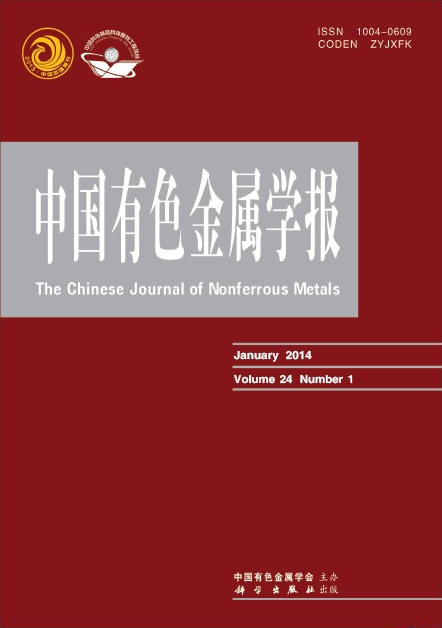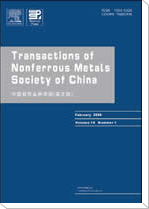(1. 江苏大学 材料科学与工程学院,镇江 212013;
2. 东北大学 材料与冶金学院,沈阳 110004;
3. 宝鸡市博信金属材料有限公司,宝鸡 721013)
摘 要: 通过透射电镜、扫描电镜和光学显微镜等手段,研究丝材制备过程中BT16钛合金的组织结构演变。结果表明:BT16合金退火态丝材具有良好的力学性能,断面收缩率Ψ为62%~65%,冷镦变形量达到80%;退火后的合金组织由初生等轴α相、少量短条状α相及晶间β相组成的;固溶时效后合金组织由不规则的等轴状初生α相和析出针状α′相的β相组成,其中淬火时效合金中的针状α′相更细小。
关键字: BT16钛合金;冷镦紧固件;微观组织;固溶;时效;力学性能
(1. School of Materials Science and Engineering, Jiangsu University, Zhenjiang 212013, China;
2. School of Materials and Metallurgy, Northeastern University, Shenyang 110004, China;
3. Baoji Boxin Metal Materials Co., Ltd., Baoji 721013, China)
Abstract:The microstructure evolution of titanium alloy BT16 during the preparation wires were investigated by transmission electron microscopy, scanning electronic microscopy and optical microscopy. The results show that BT16 alloy annealed wires have excellent mechanical properties with area reduction (Ψ) of 62%−65% and cold heading deformation amount of 80%. After annealing, the alloy microstructure consists of primary equiaxial α phases, a few short-bar α′ phases and intergranular β phases. The microstructure of solid-aged alloy is composed of irregularl equiaxial primary α phases and β phases which precipitate needle α′ phases, while the needle α′ phases in the quench-aged alloy are smaller.
Key words: BT16 titanium alloy; microstructure; cold upsetting fasteners; solution; aging; mechanical properties


